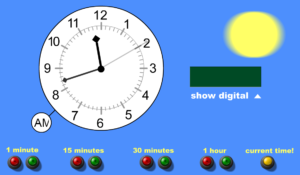 As an educational tool, blogs may be integrated in a multi-faceted manner to accommodate all learners. Blogs can serve at least four basic functions.
As an educational tool, blogs may be integrated in a multi-faceted manner to accommodate all learners. Blogs can serve at least four basic functions.
1. Classroom Management
Class blogs can serve as a portal to foster a community of learners. As they are easy to create and update efficiently, they can be used to inform students of class requirements, post handouts, notices, and homework assignments, or act as a question and answer board.
2. Collaboration
Blogs provide a space where teachers and students can work to further develop writing or other skills with the advantage of an instant audience. Teachers can offer instructional tips, and students can practice and benefit from peer review. They also make online mentoring possible. For example, a class of older students can help a class of younger students develop more confidence in their writing skills. Students can also participate in cooperative learning activities that require them to relay research findings, ideas, or suggestions.
3. Discussions
A class blog opens the opportunity for students to discuss topics outside of the classroom. With a blog, every person has an equal opportunity to share their thoughts and opinions. Students have time to react to ideas and reflect on learning. Teachers can also bring together a group of knowledgeable individuals for a given unit of study for students to network and conference with on a blog.
 If you are looking for a FABULOUS teaching tool for time, then this is the ticket for you. This interactive website is a MUST HAVE:
If you are looking for a FABULOUS teaching tool for time, then this is the ticket for you. This interactive website is a MUST HAVE:

 As an educational tool, blogs may be integrated in a multi-faceted manner to accommodate all learners. Blogs can serve at least four basic functions.
As an educational tool, blogs may be integrated in a multi-faceted manner to accommodate all learners. Blogs can serve at least four basic functions.